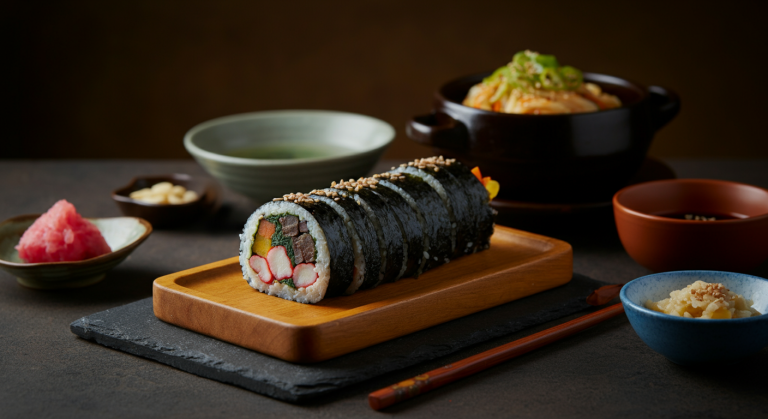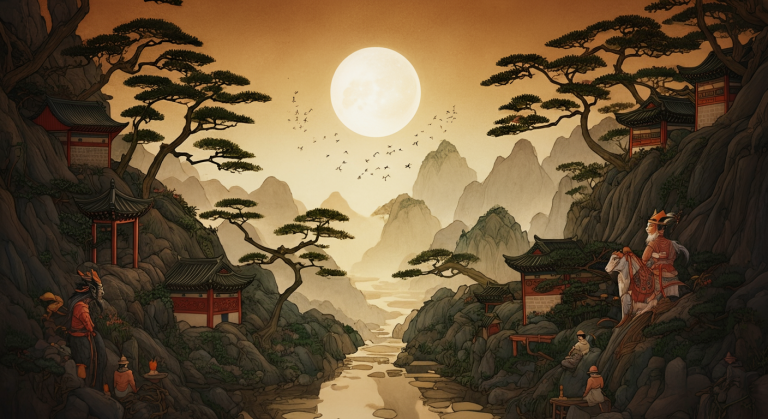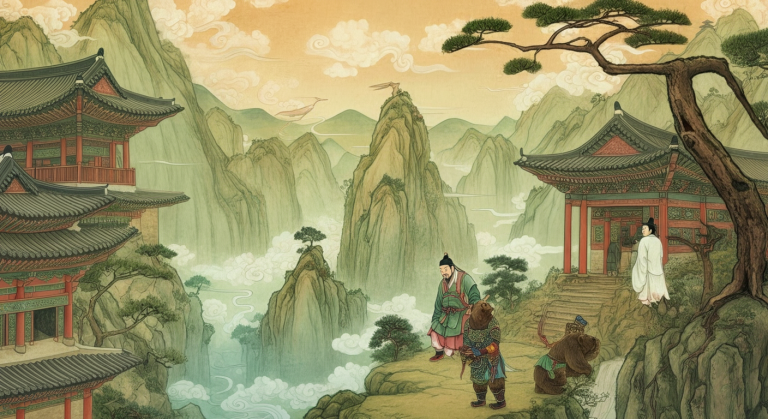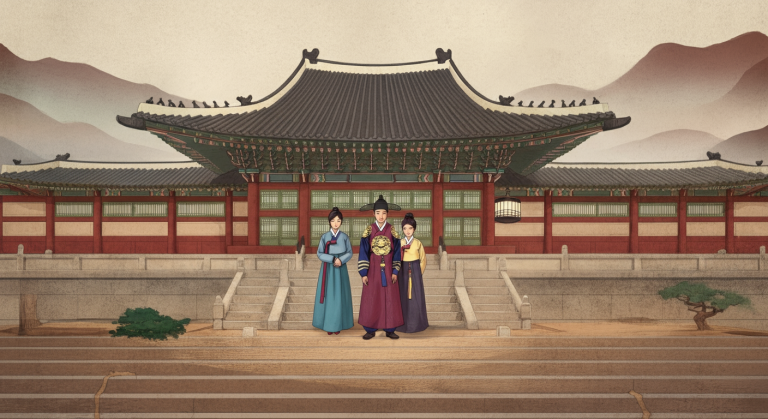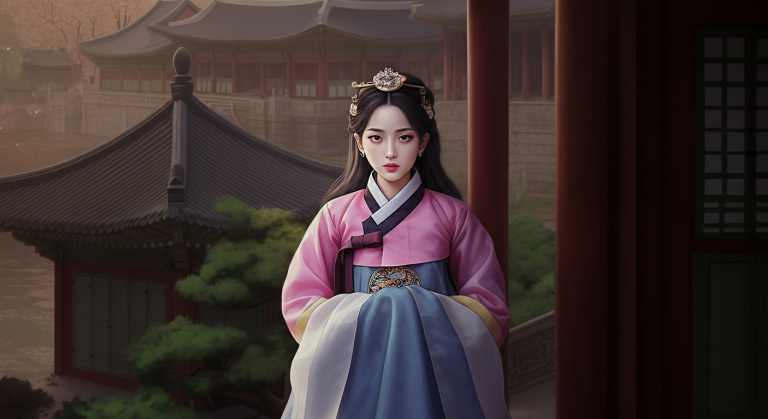Dokkaebi: Goblin: More Than Just a Demon
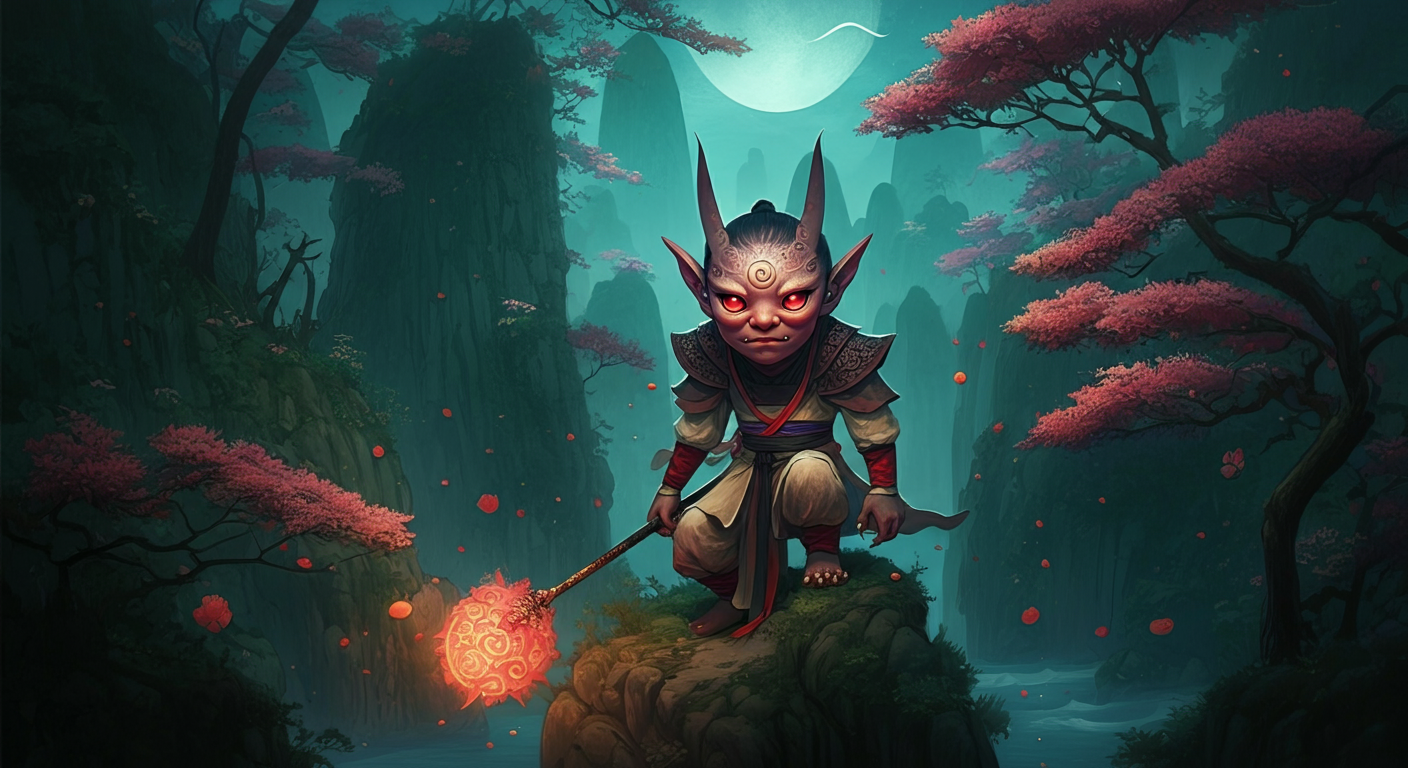
Welcome, K-VIBE fam! Are you ready to dive deep into the fascinating world of Korean mythology? If you’ve ever found yourself captivated by a supernatural love story in a K-drama or thrilled by the thought of mystical beings, then you absolutely need to meet the **Dokkaebi (도깨비)**. These iconic Korean mythical creatures are not your typical Western ghosts or demons. Oh no, they are far more complex, intriguing, and dare I say, *human-like*.
Growing up in Korea, stories of Dokkaebi were as common as kimchi on the dinner table. My grandparents would tell tales of these mischievous yet often benevolent spirits, sometimes bringing immense fortune, other times causing playful havoc. They weren’t always scary figures lurking in the shadows; sometimes, they were more like cosmic pranksters or even lonely beings searching for connection. This unique blend of power, personality, and unpredictability is precisely what makes the Korean Dokkaebi (도깨비) so utterly captivating to the Korean psyche and, increasingly, to international audiences.
You’ve probably already encountered a Dokkaebi (도깨비) without even realizing it! The wildly popular K-drama “Guardian: The Lonely and Great God,” affectionately known as “Goblin,” introduced millions worldwide to a sophisticated, immortal protector with god-like powers and a deep, melancholic backstory. But here’s the fascinating backstory: while the drama borrowed the English word “goblin,” the character Kim Shin embodies the essence of a *true* Korean Dokkaebi (도깨비) – a powerful entity tied to human emotions, capable of both immense good and profound sorrow (한: *han*). It’s this beautiful ambiguity that sets them apart.
Forget the one-dimensional villains you might be used to from Western lore. Korean Dokkaebi (도깨비) are figures of folk belief (민속 신앙: *minsok sinang*) that represent a spectrum of human experience. They reflect our hopes, fears, and even our longing for companionship. Whether they’re granting wishes or playing pranks, their actions are almost always a mirror to human behavior, making them incredibly relatable. In the spirit of exploration, we’ll also peek into how modern interpretations, like the recently announced animated film “K-pop Demon Hunters,” might reimagine these ancient beings for a new generation. Ready to unmask these enigmatic entities? Let’s go!
Dokkaebi: More Than Just Goblins
When you hear the word “goblin,” your mind might conjure images of small, green, malicious creatures, perhaps from European folklore. But let me tell you, the **Dokkaebi (도깨비)** of Korea are a different breed altogether. Trust me on this, understanding this distinction is key to truly appreciating Korean mythology. Unlike the demons, ghosts, or even some goblins in Western tales, Dokkaebi are not typically malevolent spirits of the dead. In fact, their origins are far more intriguing and deeply rooted in everyday life. They are said to be born from inanimate objects that have absorbed human essence or accumulated a significant amount of residual energy over time. Think old household tools like a broom, an abandoned sieve, or even an old piece of discarded wood – these items, imbued with human touch and history, could, in theory, transform into a Dokkaebi (도깨비). Isn’t that a fascinating thought? It speaks to the idea that life and energy can reside in even the most mundane things around us.
The Birth of a Dokkaebi (도깨비)
So, how does an old broom become a powerful, sometimes charming, supernatural being? It’s a testament to the vivid imagination of Korean folk tales. Unlike Western ghosts who are the souls of deceased people, Dokkaebi (도깨비) are not tied to human death. Instead, they are the spirits of objects (사물: *samul*) that have been used by humans for a long time and then discarded, or have been deeply connected to human life. Imagine an old, beloved spoon, dropped and left behind, slowly gathering a consciousness of its own, imbued with the memories of meals and conversations. This spirit, this Dokkaebi, can then take on a physical form, often appearing humanoid but with distinct features like horns or an exaggerated mouth, and sometimes donning traditional Korean attire like a *hanbok (한복)*, though often a tattered one. This origin story highlights a deeply animistic aspect of ancient Korean beliefs, where even objects can possess a spiritual essence, or *기 (gi)*.
Dokkaebi’s Whims and Desires (도깨비의 마음)
What truly sets the Dokkaebi (도깨비) apart is their utterly human-like personality. They aren’t just one-note monsters; they are complex characters driven by desires, emotions, and sometimes, a mischievous streak (심술궂다: *simsul-gutda*). They crave connection, enjoy good food and drink – especially makgeolli (막걸리), a traditional Korean rice wine – and often seek out human companionship or even love. They can be vain, easily flattered, and sometimes quite lonely. This psychological depth is what makes them so compelling and explains why they resonate so strongly in contemporary media. They are often depicted with a Dokkaebi bat (도깨비 방망이: *dokkaebi bangmangi*) which can summon anything they desire, from gold to delicious food. But here’s the kicker: they also have a peculiar weakness for certain things, like sticky rice cakes (찹쌀떡: *chapssal-tteok*) or certain human tricks, making them surprisingly vulnerable. It’s this balance of immense power and relatable flaws that makes them feel so real.
Dokkaebi in K-Dramas & K-Pop: From Screens to Souls
The global phenomenon of K-dramas and K-pop has done an incredible job of introducing Korean culture, mythology, and even unique emotional concepts like *jeong (정)* – that deep, affectionate bond between people – to a worldwide audience. The **Dokkaebi (도깨비)**, with their rich lore and compelling characteristics, were ripe for this cultural spotlight. They’ve found their way into our hearts through modern storytelling, showing just how versatile and enduring these ancient figures truly are. The transition from old folk tales to dazzling screen productions has allowed the Dokkaebi to become global icons, sparking curiosity and appreciation for Korean traditions.
The Iconic Dokkaebi of “Guardian: The Lonely and Great God” (도깨비)
Let’s be real, for many international fans, their first encounter with a Dokkaebi (도깨비) was through the critically acclaimed K-drama “Guardian: The Lonely and Great God,” often simply called “Goblin.” Actor Gong Yoo portrayed Kim Shin, a cursed Goryeo general turned immortal Dokkaebi, with such depth and charisma that he redefined the image of this mythical creature. This drama masterfully woven together elements of traditional Dokkaebi lore – immortality, immense power, the ability to grant wishes, and a deep connection to human fate – with a compelling romantic narrative. The loneliness and profound sorrow (한: *han*) experienced by Kim Shin, living for centuries while watching loved ones fade, struck a chord with viewers globally. He wasn’t just a powerful entity; he was a character burdened by destiny, yearning for an end to his suffering and for true love. His journey beautifully illustrated how a Dokkaebi (도깨비) can embody human emotions and vulnerabilities, making him a complex and beloved figure. It’s truly a *대박 (daebak)* example of cultural storytelling!
Modern Dokkaebi in “K-pop Demon Hunters” (케이팝 데몬 헌터스)
While “Goblin” gave us a romanticized, powerful Dokkaebi (도깨비), other contemporary works explore different facets. The animated film “K-pop Demon Hunters” (a concept that, while perhaps fictional in its exact title, perfectly represents modern cultural blending) hints at a new, dynamic interpretation. Imagine Dokkaebi characters, perhaps reimagined as cool, urban, even stylish figures, fighting alongside or against K-pop idols. This isn’t just about entertainment; it’s about cultural evolution. By placing ancient beings like the Dokkaebi (도깨비) in a modern, globally resonant context like K-pop, these stories introduce the essence of Korean mythology to younger, diverse audiences. It shows that these tales are not just historical relics but living, breathing narratives that can adapt and thrive, inspiring new forms of heroism (영웅: *yeongung*) and adventure. It’s a fantastic way to keep the tradition alive and kicking, proving that old legends can find new life in the most unexpected places.
The Human Touch: Dokkaebi’s Benevolent Side
One of the most distinctive and endearing qualities of the Korean **Dokkaebi (도깨비)**, as opposed to many Western supernatural entities, is their incredibly human-like nature and their capacity for benevolence. While they can be mischievous and cause a bit of chaos, they are far from inherently evil. In fact, many traditional stories depict Dokkaebi as bringers of good fortune, wealth, and even protectors, especially to those who treat them with respect and kindness. This duality is a cornerstone of their appeal and perfectly encapsulates the Korean understanding of the supernatural – it’s often intertwined with everyday life and human interaction, not purely a force of good or evil. As someone deeply familiar with Korean culture, I can tell you that this gray area, this nuanced understanding of spirits, is what makes our folklore so rich and relatable.
Fortune Bringers or Mischievous Spirits? (길흉화복의 도깨비)
The Dokkaebi (도깨비) are known to influence *길흉화복 (gil-hyung-hwa-bok)*, meaning both good and bad fortune. In many folk tales, if a human encounters a Dokkaebi and treats it well—perhaps by offering a share of food, drink (like some makgeolli!), or even engaging in a friendly wrestling match—the Dokkaebi might reward them handsomely. These rewards often include an endless supply of rice, gold, or other treasures conjured from their magical *Dokkaebi bangmangi* (도깨비 방망이: Dokkaebi club). This benevolent aspect stands in stark contrast to the purely destructive nature often attributed to Western demons or devils. The Dokkaebi, with their desire for recognition and companionship, can be incredibly generous. But beware! If angered or disrespected, they might play pranks, like stealing a person’s *치킨과 맥주 (chikin-gwa maekju)* – which, let’s be honest, is a serious offense in Korea! They reflect the idea that respect and reciprocity are key, even when dealing with the unseen world.
Dokkaebi and the Human Heart (도깨비와 인간)
What makes the relationship between humans and Dokkaebi (도깨비) truly special is the depth of their interaction. These mythical beings are not aloof; they actively seek out human company, often appearing when they feel lonely or simply want to have some fun. They might challenge a farmer to a wrestling match, knowing that if they lose, they’ll bring prosperity to the land. They might even fall in love, as seen in “Goblin.” This desire for connection, this yearning for a place in the human world, gives them a profound sense of *정 (jeong)*, a deep emotional bond that permeates Korean culture. They are not just symbols of supernatural power but also reflections of human needs for belonging, understanding, and even mischief. This nuanced portrayal of supernatural entities, where they mirror and magnify human experiences, is perhaps one of the most beautiful aspects of Korean mythology. It’s no wonder we say, “Dokkaebi are just like us, but with superpowers!”
Conclusion: The Enduring Charm of the Korean Dokkaebi
From ancient folk tales passed down through generations to blockbuster K-dramas and exciting new animated features, the **Dokkaebi (도깨비)** continue to captivate hearts worldwide. What began as a unique figure in Korean folklore, born from discarded objects and imbued with human-like desires, has blossomed into a global cultural icon. This transformation is a testament to the universal appeal of their complex nature: powerful yet vulnerable, mischievous yet benevolent, and profoundly connected to the human experience. They are not just monsters in the dark; they are reflections of our own hopes, our own *정 (jeong)*, and our own sometimes-lonely journeys.
The enduring popularity of the Dokkaebi (도깨비) in works like “Guardian: The Lonely and Great God” and the promise of new interpretations like “K-pop Demon Hunters” demonstrate their timeless relevance. They offer a window into a rich cultural heritage, showcasing how traditional narratives can evolve while retaining their core essence. So, the next time you’re enjoying a K-drama or listening to your favorite K-pop track, remember the Dokkaebi (도깨비) – the friendly, sometimes tricky, often generous spirits who remind us that even the most ordinary objects can hold extraordinary stories. They truly embody the magic and mystery of Korea, inviting you to explore even deeper. Perhaps, if you’re lucky, a kind Dokkaebi might even bring you some good fortune! *고마워요 (gomawoyo)* for joining me on this cultural journey!

